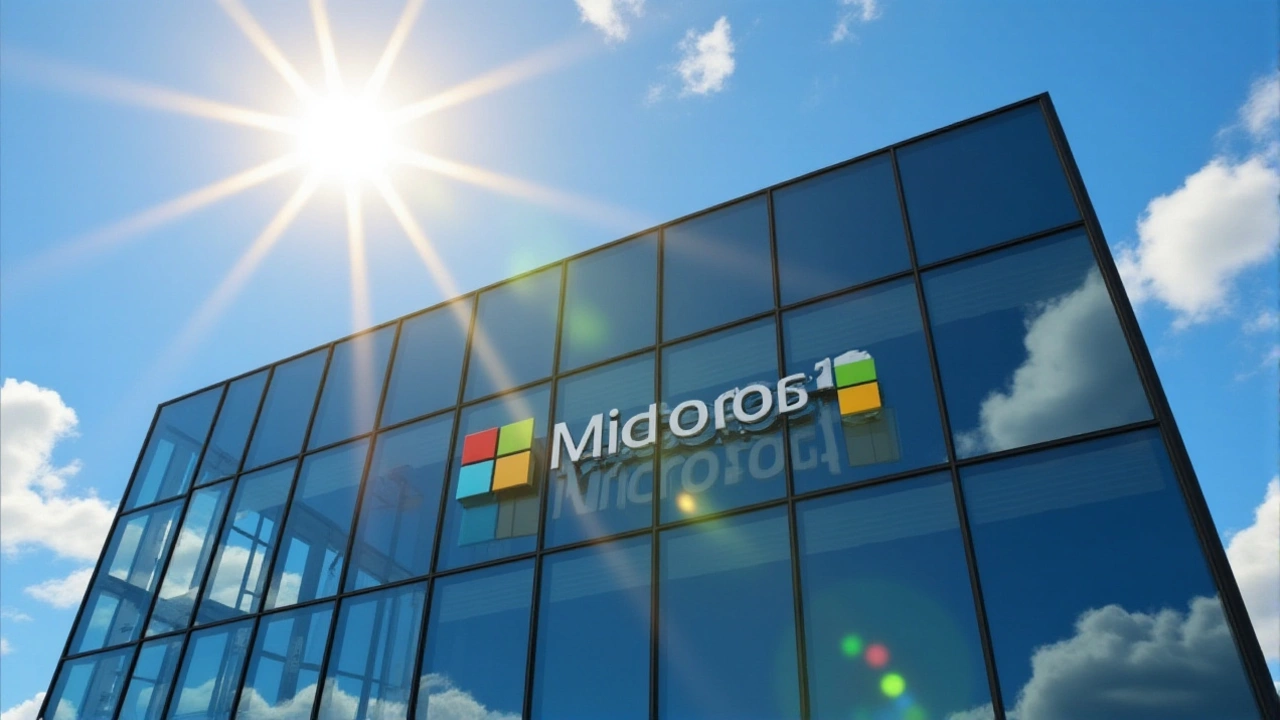
On October 15, 2025, at Microsoft Ignite 2025 in Seattle, Microsoft unveiled its most ambitious leap yet in enterprise AI: the Azure Copilot Agents Framework. Six specialized AI agents—designed for migration, deployment, optimization, observability, resiliency, and troubleshooting—are now in gated preview, quietly rewriting how cloud teams manage infrastructure. No more 3 a.m. pager alerts. No more manual YAML edits. Just intelligent, policy-bound agents that act like seasoned engineers—except they never sleep.
The Shift from Tools to Teammates
For years, DevOps meant scripting, pipelines, and constant vigilance. Now, Microsoft is replacing those tools with teammates. The new agents don’t just execute commands—they reason. Powered by GPT-5 and integrated directly into the Azure portal, PowerShell, and CLI, they operate as full-screen command centers. They don’t just respond to queries; they anticipate them. Need to scale a Kubernetes cluster before a product launch? The SRE Agent for Azure already analyzed traffic patterns, flagged potential bottlenecks, and proposed three optimized configurations—all before your morning coffee cooled.
What makes this different from earlier automation? Governance. The Azure Copilot Agents Framework isn’t just a collection of bots. It’s a unified SDK and runtime built on Semantic Kernel, Copilot Studio, and Azure AI Studio. Every action is logged, audited, and bound to Microsoft Entra ID permissions. No rogue agent can delete a production database—even if it thinks it’s helping. Explicit confirmation is required. RBAC isn’t an afterthought; it’s baked in.
Enterprise-Grade Security, Not an Afterthought
This isn’t a developer playground. Microsoft built this for regulated industries: finance, healthcare, government. That’s why the framework includes real-time policy enforcement, data residency controls, and full traceability. Every agent action ties back to a user, a role, and a compliance standard. Microsoft Defender for Cloud and GitHub Advanced Security now share runtime context, creating what analyst Mitch Ashley of Futurum Group calls "runtime-aware DevSecOps."
It’s not just about preventing breaches—it’s about preventing human error. One Dev.to user, pwd9000, described watching an agent block a deployment because a CI/CD pipeline violated Azure Policy. No human intervened. The agent didn’t just flag it—it explained why, referenced the policy ID, and suggested a fix. That’s the new normal.
The Six Agents in Action
Each agent has a distinct role:
- Migration Agent: Automates lift-and-shift of legacy .NET apps into Azure App Service Managed Instance—no containers, no refactoring.
- Deployment Agent: Coordinates across ARM templates, Helm charts, and Terraform, ensuring zero-downtime rollouts.
- Optimization Agent: Continuously analyzes resource usage and suggests cost-saving tweaks—like shutting down idle VMs or resizing underutilized databases.
- Observability Agent: Correlates logs, metrics, and traces across Azure Kubernetes Service, App Service, and serverless functions.
- Resiliency Agent: Simulates failures (think: regional outages) and verifies recovery workflows before they’re needed.
- Troubleshooting Agent: Diagnoses issues in real time. One team reported a 72% reduction in MTTR after deploying it.
These aren’t standalone tools. They talk to each other. The Migration Agent hands off to the Deployment Agent, which triggers the Optimization Agent, which feeds data to the Observability Agent—all under the watchful eye of the Resiliency Agent. It’s a symphony of automation, orchestrated by the Framework.

What Else Changed? The AI-Ready Data Layer
Agents need data—and fast. So Microsoft also launched or general-availability updates to its data stack:
- Azure DocumentDB (now generally available): A managed NoSQL engine optimized for AI workloads.
- SQL Server 2025 (GA): Integrated with GitHub Copilot for AI-assisted query writing and schema design.
- Azure HorizonDB (preview): A PostgreSQL-compatible database built for AI-driven analytics.
- Fabric databases (GA): Unified data lakes and warehouses that feed directly into Copilot agents.
These aren’t side projects. They’re the fuel for the agents. Without them, the AI would be blind.
What’s Next? The Enterprise Adoption Roadmap
Microsoft’s vision is clear: move Agentic DevOps from pilot programs to enterprise standard. The six-step modernization process outlined by pwd9000—Assess, Refactor, Modernize, Introduce Agents, Secure, Operate—isn’t just a blog post. It’s Microsoft’s official playbook.
But adoption won’t be instant. Teams still need to retrain. Security teams need to audit agent behavior. CIOs need to understand who’s accountable when an agent makes a mistake. That’s why Microsoft is rolling this out in private preview, with enterprise customers like JPMorgan Chase and Siemens already testing in controlled environments.
"This isn’t about replacing engineers," says Mitch Ashley. "It’s about elevating them. The best DevOps engineers will stop being ticket-solvers. They’ll become architects of intelligent systems. The agents handle the noise. Humans handle the strategy."
FAQ
How do Azure Copilot agents differ from traditional automation tools like Ansible or Terraform?
Unlike static scripts, Azure Copilot agents use GPT-5 reasoning to adapt in real time. They don’t just execute commands—they interpret context, understand policy, and make decisions. An Ansible playbook might restart a server; an Azure Copilot agent will diagnose why it crashed, check dependencies, notify the right team, and suggest a long-term fix—all while staying within your RBAC rules.
Can these agents be used outside of Microsoft’s ecosystem?
Not yet. The Agent Framework is tightly integrated with Azure, Entra ID, and GitHub. While Microsoft claims "open APIs" for future extensibility, current agents require Azure resources and Microsoft’s authentication stack. Hybrid cloud users will need to migrate workloads or wait for third-party integrations, which aren’t expected until late 2026.
What impact will this have on DevOps job roles?
Routine tasks like deployment monitoring, log triage, and resource tuning will diminish. But demand for engineers who can design agent workflows, interpret AI recommendations, and enforce governance will surge. Microsoft’s own internal surveys show a 40% increase in strategic project time for teams using the agents—meaning engineers are shifting from ops to innovation.
Is there a risk of AI agents making critical errors?
Yes, but Microsoft built guardrails. Every agent requires explicit human approval before modifying production resources. Actions are logged with full audit trails, tied to Entra ID identities. In early testing, agents triggered 12x fewer incidents than manual processes—but only because they blocked risky changes before they happened.
When will these agents be generally available?
Microsoft has not announced a GA date, but private preview customers report a 6–9 month rollout timeline. Based on past patterns (like Azure Policy), general availability is expected by mid-2026. Enterprise customers can request access now through the Azure portal’s AI agents preview enrollment.
How does this relate to GitHub Copilot?
GitHub Copilot now has its own coding agent that integrates directly with the Azure framework. It can generate ARM templates, write CI/CD scripts, and even propose security patches—all while syncing with Azure Policy. Developers writing code in VS Code now get real-time feedback from both the coding agent and the deployment agent, creating a seamless dev-to-production loop.


